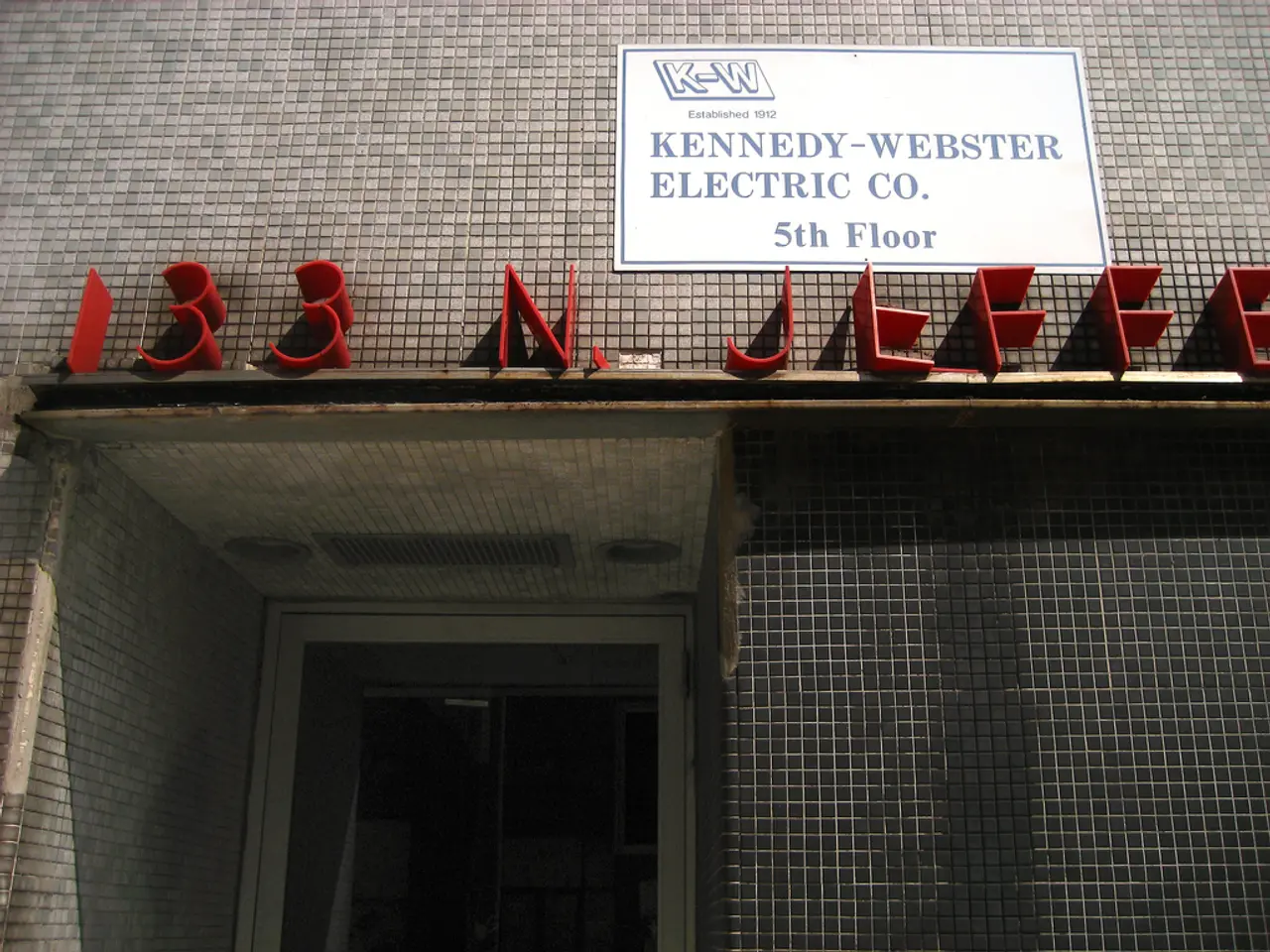Mastering the art of plastering a garage: Essential tips for a flawless finish
Transforming Your Garage: A Comprehensive Guide to Plasterboarding
Plasterboarding a garage is the first step in transforming it into a more usable space. This process requires specific tools and materials to ensure a professional finish, and the choice of plasterboard depends on the garage type and applicable building regulations.
Tools and Materials Needed for Plasterboarding a Garage:
To begin, you'll need a set of measuring and marking tools, including a tape measure, pencil, T-square, and spirit or laser level. Cutting tools such as a utility knife, jab saw, hand saw, jigsaw, and a saw designed specifically for cutting plasterboard will also be necessary. Fixing tools like a combi drill with appropriate drill bits and screws are essential, along with safety and handling tools such as a working platform/scaffold, plasterboard lifter for walls, and plasterboard hoist for ceilings and awkward angles.
Additional tools for drilling, like masking tape for drilling points, multi-purpose drill bits, and plasterboard fixings, should also be on hand. These tools ensure accurate measurement, clean cuts, safe handling, and proper fixing.
Recommended Types of Plasterboard for Different Garage Types and Regulations:
When it comes to choosing the right plasterboard, there are several options available. Basic plasterboard is suitable for simple, dry garages without special requirements. However, for garages prone to dampness, or where humidity may be a factor, moisture-resistant plasterboard is ideal.
For garages attached to houses or if local building regulations require fire separation between the garage and living spaces, fire-resistant plasterboard or fire/moisture dual-resistant boards are necessary. In some cases, thermal or insulation plasterboard may be required to meet building regulations for energy efficiency, especially when converting a garage into living space.
Safety First:
It's important to note that if plasterboard is put up without a vapour barrier or insulation, it can lead to issues such as condensation, mould, soft spots, and shortened lifespan of the board. If a metal frame is used, condensation can also cause corrosion. If using wooden battens, a moisture-proof membrane should be fitted between them and the wall.
Cost Considerations:
The costs to plasterboard a garage vary depending on factors such as size, quality of materials, location, and whether a professional is called in. As a general guideline, plasterboard, insulation, vapour barriers, and fixings can cost between £300 and £600 for an average-sized garage. Labour costs will depend on location and experience, with expected rates typically ranging from £150 to £250 per day. A professional job might cost between £700 and £1200, including materials and labour.
Transforming Your Garage:
Plasterboarding a garage is the beginning of transforming it into an affordable, friendly, and welcoming area. For further ideas on garage extensions and half garage conversions, check out relevant guides. To get an idea of what you can expect to pay, check the guide on garage conversion costs.
[1] Tools and Materials Needed for Plasterboarding a Garage [2] Recommended Types of Plasterboard for Different Garage Types and Regulations [3] Safety First [4] Cost Considerations [5] Transforming Your Garage
- Ensure you have the right plasterboard based on your garage's type, usage, and building regulations for a successful project.
- It's recommended to invest in high-quality tools like T-square, jigsaw, and plasterboard hoist for accurate measurements, clean cuts, and safe handling.
- If the garage is attached to your home or subject to local building regulations requiring fire separation, use fire-resistant or dual-resistant plasterboard.
- Don't forget to budget for additional costs like a moisture-proof membrane and insulation to prevent issues such as mould, condensation, and shortened lifespan of the plasterboard.





